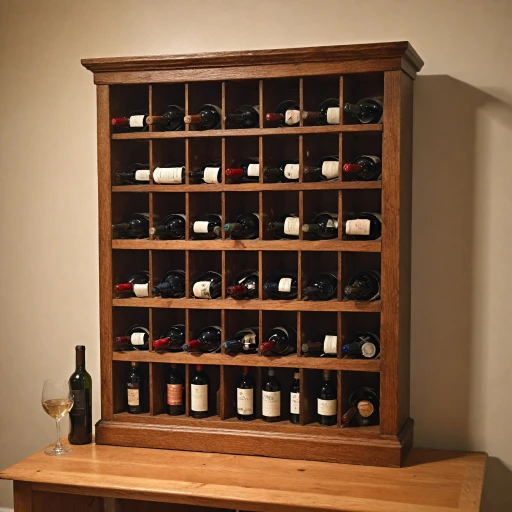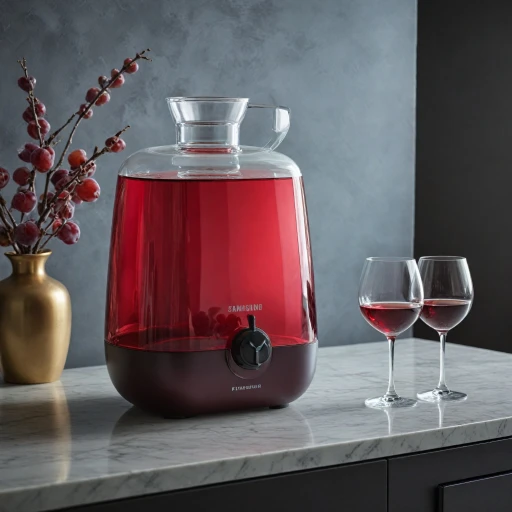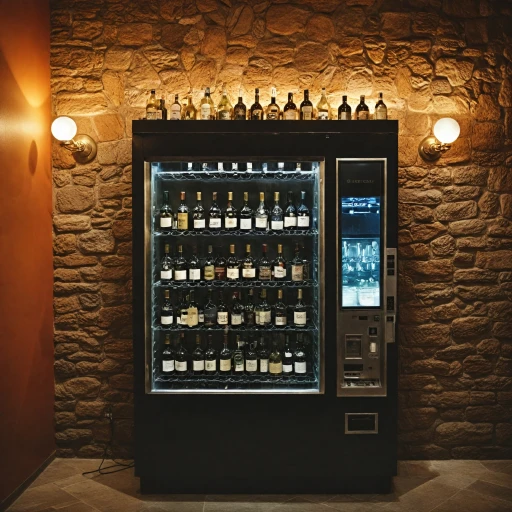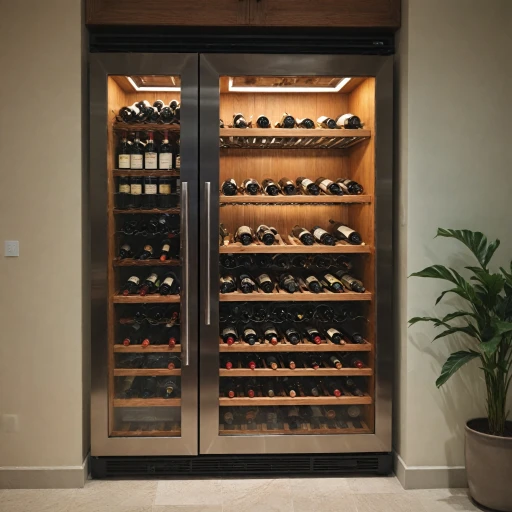
Understanding the Role of an Aerating Pourer
Discovering the Importance of an Aerating Pourer
In the world of wine, enhancing taste and aroma is essential for a memorable experience. This is where an aerating pourer comes into play. An aerating pourer is a handy tool designed to improve the quality of your wine by allowing it to breathe as you pour it into your glass. The primary function of this tool is to infuse air into the wine, which helps to unlock flavors and aromas, especially in red wines. While many people rely on traditional decanters to aerate their wine, an aerating pourer offers a more streamlined and efficient approach. With features like a stainless steel spout and a sleek design, these pourers are both practical and aesthetically pleasing. They work well with a variety of wine types and are particularly popular among wine enthusiasts who prioritize convenience without compromising on quality. Aerating pourers, such as those offered by brands like Vintorio on Amazon, are celebrated for their effectiveness and ease of use. Their innovative design ensures an even flow, enriching the wine's taste with every pour. This is why many consider them a great product for enhancing their wine tasting experience, even if they have limited space to store additional wine decanter accessories. For those new to the concept or seasoned aficionados looking for the best wine accessory, choosing the right aerating pourer involves considering factors like price, product reviews, and ease of maintenance. The advancements in aerator technology make it easy to enjoy a glass that tastes better without requiring a professional sommelier's touch, thereby elevating your wine to its best potential with each use. For further insights into wine essentials, you might find exploring the art of choosing the perfect winemaking bottles quite beneficial. Overall, an aerating pourer is not just an accessory, but a small investment that can significantly enhance your enjoyment of wine, ensuring each bottle wine is poured to perfection.Benefits of Using an Aerating Pourer
The Transformative Perks of Aeration
An aerating pourer is more than just an accessory; it is a tool that can elevate your wine experience to new heights. The fundamental benefit of using an aerating pourer lies in its ability to enhance the overall taste and aroma of your wine. By allowing the wine to breathe as it is poured, the aerator manages to unlock flavors that would otherwise remain dormant, providing you with a more nuanced tasting experience.
For those who enjoy red wine, introducing a fine aerator pourer like the Vintorio wine aerator can make the difference between an average glass and a superb one. The aerator works by mixing the right amount of air with your bottle wine as it flows through the pour spout, developing a more complex flavor profile. Best of all, this process is quick and easy, making the aerating solution user-friendly for wine enthusiasts of any level.
Furthermore, using a pourer aids in the separation of sediment that might be lingering at the bottom of the wine bottle, ensuring each glass of wine poured is as pristine as the first. This is particularly advantageous when handling vintage or highly-tannic wines. The Vintorio aerator works well with different types of wine, making it a great product for both casual wine sippers and avid connoisseurs alike.
Another aspect worth mentioning is the ease of use and maintenance. Products like the Vintorio wine aerator boast a convenient design that allows for quick, easy clean-up, ensuring that every pour remains as flawless as the first. A quality aerator is typically crafted from stainless steel or other durable materials, which promise sustainability and reliability over time.
It's important to remember that the right product can significantly enhance your experience, transforming ordinary gatherings into extraordinary events with delicious, taste better wine.
Interested in diving deeper into wine accessories? Explore more in our world of wine station tips for more insights.
How to Choose the Right Aerating Pourer
Key Considerations for Selecting Your Ideal Aerating Pourer
When diving into the market for an aerating pourer, you'll encounter a multitude of options, each claiming to revolutionize your wine experience. To ensure you find the best fit, consider these crucial elements:
- Material and Durability: Look for a pourer made of high-quality materials like stainless steel. Not only does it offer longevity, but it also ensures your aerator remains easy to clean. Stainless steel pourers are more resistant to wear and tear, maintaining their functionality over time.
- Design and Compatibility: Your aerating pourer should easily fit most wine bottle spouts. The design should also support an effortless pour, enhancing the wine taste as it flows into your glass. Consider products with a design that works well with both red and white wines, ensuring versatility.
- Product Reviews and Pricing: Explore reviews on platforms like Amazon to gauge user satisfaction. While price is an important factor, sometimes investing in a slightly more expensive, yet highly-rated product could offer a superior wine experience. Look for feedback stating the pourer "works great" or "taste better."
- Brand Reputation: Established brands like Vintorio often have a reputation backed by positive user experiences. A Vintorio aerator, for instance, may offer peace of mind with its proven track record in aerating wine effectively.
Once you’ve selected the aerator that best meets your needs, you'll be set to unblock your wine's full flavor potential. For those maintaining a diverse collection, pairing your pourer with the right storage solution is vital for preserving quality and enhancing taste.
Step-by-Step Guide to Using an Aerating Pourer
Mastering the Use of Your Aerating Pourer for Optimal Wine Experience
Using an aerating pourer is a straightforward yet impactful process that can significantly enhance your wine experience. Here, we break down the steps to maximize your enjoyment.- Preparing the Bottle and Pourer
- Ensure your wine bottle is at the right temperature. Red wines should be slightly below room temperature, while whites need to be chilled.
- Attach the aerator pourer securely to the bottle. Many aerators, including popular models like the Vintorio wine aerator, have a snug fit that prevents leaks.
- Pouring the Wine
- Hold the bottle at a slight angle and pour gently into the glass. The aerating pourer will work to infuse air as the wine flows through the spout.
- Aim for a consistent pour to allow the aerator wine device to work its magic in making your wine taste better with each glass.
- Serve and Savor
- Once poured, give your glass a gentle swirl to further release the aromas and flavors.
- Enjoy the taste and note the difference in the wine’s bouquet and finish.
Common Mistakes to Avoid When Using an Aerating Pourer
Avoiding Common Pitfalls
When it comes to using an aerating pourer, even the best products like the Vintorio wine aerator require careful handling to ensure that they function well and provide the intended benefits of enhanced wine taste. Here’s a look at some frequent mistakes and how to avoid them:- Not securing the pour spout: Before pouring, ensure that the aerator is tightly fitted onto the bottle wine. A secure fit prevents spills and ensures that the wine is properly aerated as it passes through the spout.
- Skipping decanters: While aerators work great for immediate use, using them in tandem with a wine decanter offers an extra layer of purification and flavor enhancement, particularly for red wine.
- Rushing the pour: Allow the wine to pass slowly through the aerator pourer. This ensures maximum contact with air, letting the vintorio aerator function at its best, amplifying aromas and taste.
- Overlooking glass cleanliness: Always pour into a clean glass. Residue or previous aromas in the glass can overshadow the wine's newly revealed flavors, preventing a true tasting experience.
- Using a clogged aerator: Regular maintenance and cleaning of the aerator after each use prevents clogging. A clogged aerator can dampen its effectiveness and compromise the wine’s aeration.













